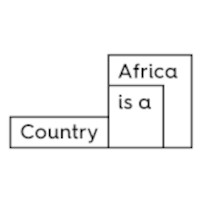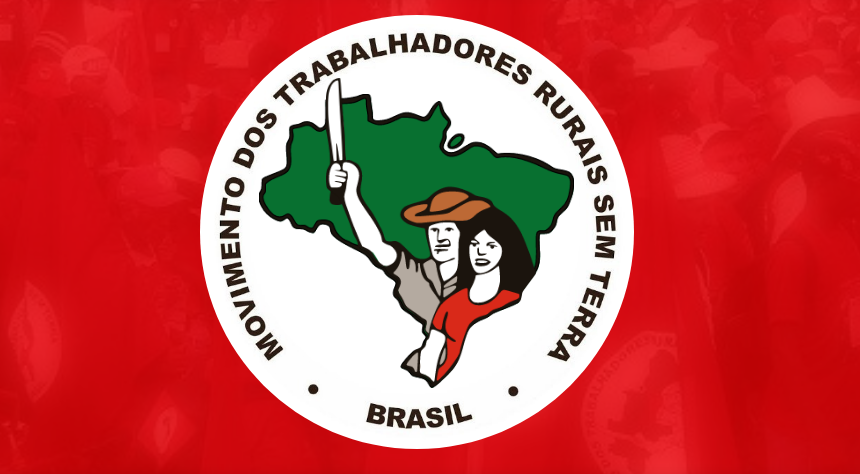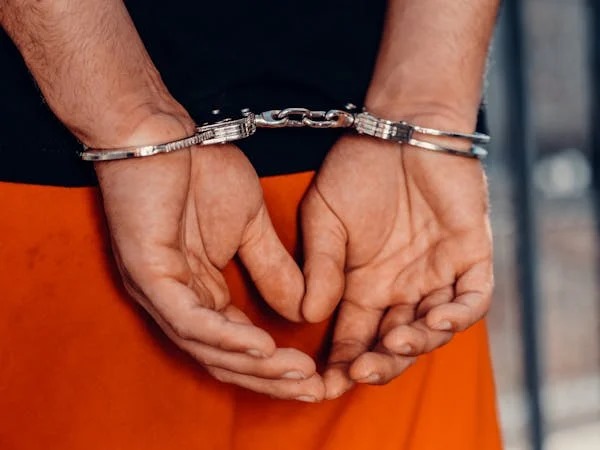In his new book ‘The Blinded City,’ Matthew Wilhelm-Solomon takes readers into inner city Johannesburg not as it was or could be, but as it is.
Photo by Simon Hurry on Unsplash.
Perhaps because the city is so invested in its ever-expanding peripheries, Johannesburg’s urban core is commonly treated less as a place than as a problem. For those with fond memories of the city’s past, the inner city’s decay is cause for bitter nostalgia. For South Africa’s rising right-wing, it is evidence for the need for a more authoritarian approach to crime and immigration. For most, the inner city is somewhere to be avoided. It is a place where you quickly move through while catching a taxi home or on your way to those cocoons of Maboneng or Victoria Yards (privately-owned mixed use development precincts). It is the rare urban center that is more glimpsed than admired, one shrouded by memory and myth, fear and resentment, clouded by visions of national redemption and urban renewal.
In his new book The Blinded City, Matthew Wilhelm-Solomon takes readers into the inner city not as it was or could be, but as it is. Based on a decade of research in the central business district, Doornfontein, and Hillbrow, The Blinded City offers a series of portraits of those who live in Johannesburg’s “dark” or unlawfully occupied buildings. Over the course of two dozen-odd chapters, we meet a grandmother who is separated from her granddaughter, a blind sungura musician facing eviction, and a mother dealing with the loss of her son, among others.
Through these stories, Wilhelm-Solomon shows how residents’ attempt to make lives and communities in the inner city are troubled on both sides by state abandonment and real estate speculation. As residents of potentially the city’s most valuable real estate, those who make homes in “dark” buildings live under perpetual threat of eviction, police raid, or deportation. Buffeted by landlords and state officials who see them as obstacles of urban renewal, we see how residents organize against displacement and fight legal battles amidst fires, police raids, deportations, and premature death.
Though based on the long-term qualitative research typical to anthropology, The Blinded City is not your typical ethnography. Unburdened by the conventions of academic writing, its prose is poetic and vivid. It moves with equal ease and sensitivity from the nitty-gritty details of municipal politics to the often-gutting realities of residents’ lives.
Photo by Tembinkosi Sikupela on Unsplash
Throughout, Wilhelm-Solomon keeps the focus on the broader political stakes of residents’ struggles. The book opens with the Blue Moonlight case, which won the constitutional right to alternative housing for the evicted, and ends with the work of the Inner City Federation, a resident-led, grassroots group organizing against evictions and state neglect.
Ultimately, however, The Blinded City is driven less by a political or theoretical agenda than a fidelity to its subjects. While he shies away from the denunciations or sentimentality that sometimes characterizes post-apartheid writing, in his careful attention Wilhelm-Solomon insists on the importance of his subjects’ beliefs and hopes, their triumphs and losses. It is through these details of lives lived along the delicate edge of dignity and survival that he manages to get his readers to care for his subjects as he does.
The Blinded City’s most poignant moments come when residents reckon with the deaths of loved ones, showing how communities pull together to deliver bodies and spirits home and care for each other in their absence. At one point, one resident Naledi says of her late sister Thandiwe, “She is a big empty space. I don’t know what to do. I feel out of place.”
It is a testament to the force of Wilhelm-Solomon’s writing that one feels the impact of that “big empty space” and all those other spaces left by those whose lives have been cut short in the inner city. By dwelling in the “dark buildings,” The Blinded City manages to do more than color in what has been taken as the gray, empty core of Johannesburg. By documenting the vibrancy of who and what is lost under the weight of state abandonment and capitalist development, it amounts to a call for a new kind of urban renewal—one more worthy of the spirit and dignity of those in the inner city.






